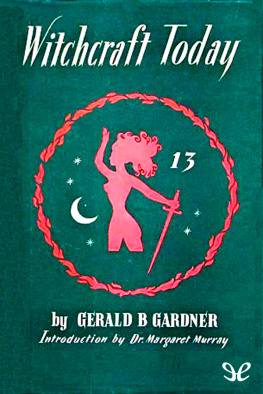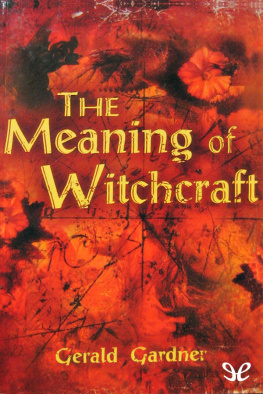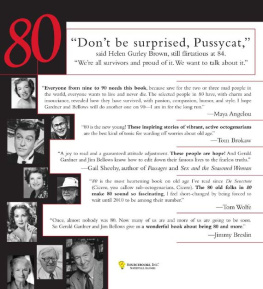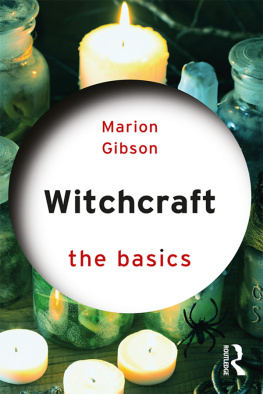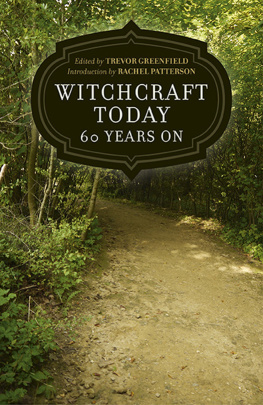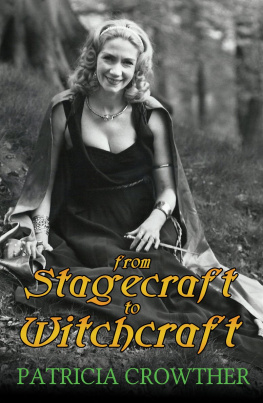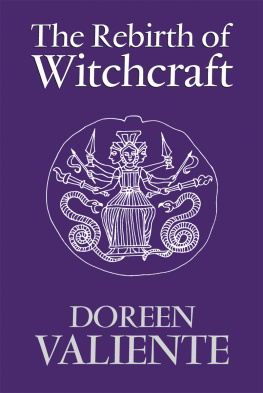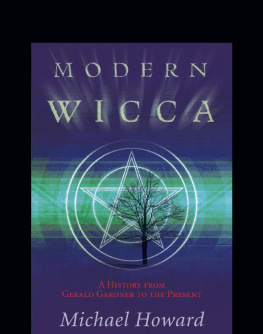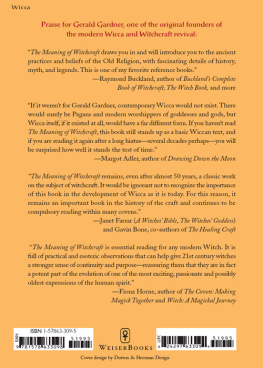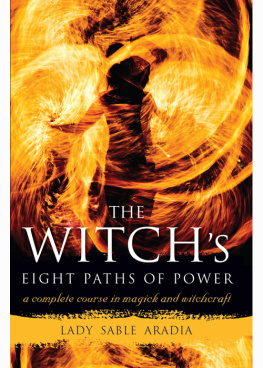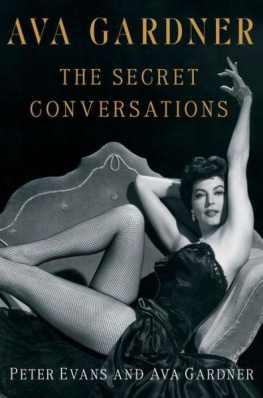Gerald Gardner - Witchcraft Today
Here you can read online Gerald Gardner - Witchcraft Today full text of the book (entire story) in english for free. Download pdf and epub, get meaning, cover and reviews about this ebook. year: 1954, publisher: ePubLibre, genre: Religion. Description of the work, (preface) as well as reviews are available. Best literature library LitArk.com created for fans of good reading and offers a wide selection of genres:
Romance novel
Science fiction
Adventure
Detective
Science
History
Home and family
Prose
Art
Politics
Computer
Non-fiction
Religion
Business
Children
Humor
Choose a favorite category and find really read worthwhile books. Enjoy immersion in the world of imagination, feel the emotions of the characters or learn something new for yourself, make an fascinating discovery.
- Book:Witchcraft Today
- Author:
- Publisher:ePubLibre
- Genre:
- Year:1954
- Rating:3 / 5
- Favourites:Add to favourites
- Your mark:
- 60
- 1
- 2
- 3
- 4
- 5
Witchcraft Today: summary, description and annotation
We offer to read an annotation, description, summary or preface (depends on what the author of the book "Witchcraft Today" wrote himself). If you haven't found the necessary information about the book — write in the comments, we will try to find it.
Witchcraft Today — read online for free the complete book (whole text) full work
Below is the text of the book, divided by pages. System saving the place of the last page read, allows you to conveniently read the book "Witchcraft Today" online for free, without having to search again every time where you left off. Put a bookmark, and you can go to the page where you finished reading at any time.
Font size:
Interval:
Bookmark:

Written shortly after the repeal of the English Witch laws in 1954, Witchcraft Today offered the world a new religion, Wicca, and captured the imaginations of spiritual seekers everywhere. The author, Gerald Gardner, was writing about a small, secret coven of hereditary Witches, brave people who had hidden their faith for centuries to avoid persecution. His descriptions of their practices and history, their working tools and festivals, impelled a rediscovery of indigenous British religion and, globally, fueled a movement now boasting between 3 and 5 million members, making Wicca one of the fastest growing religions in the United States.

Gerald Brosseau Gardner
ePub r1.0
Sharadore01.06.13
Original Title: Witchcraft Today
Gerald Brosseau Gardner, November 1954
Digital Editor: Sharadore
ePub base r1.0
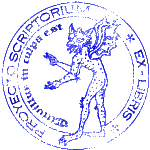
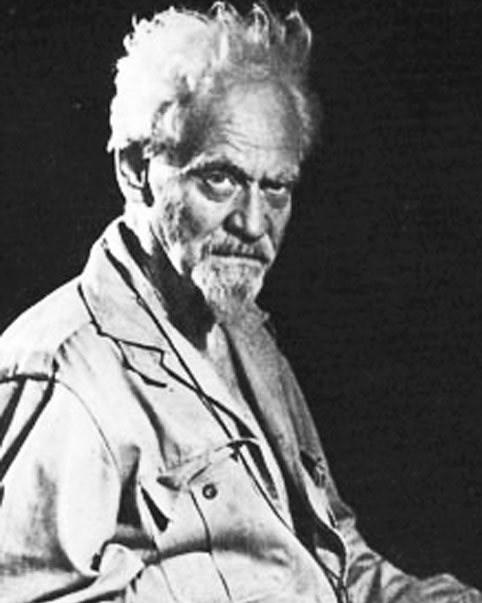
GERALD BROSSEAU GARDNER. (1884 1964) Also known by the pen-name Scire, was an English Wiccan, as well as an author and an amateur anthropologist and archaeologist. He was instrumental in bringing the Contemporary Pagan religion of Wicca to public attention, writing some of its definitive religious texts and founding the tradition of Gardnerian Wicca.
After moving to London in 1945, following the repeal of the Witchcraft Act of 1736 he became intent on propagating this religion, attracting media attention and writing about it in High Magic's Aid (1949), Witchcraft Today (1954) and The Meaning of Witchcraft (1959). Founding a Wiccan group known as the Bricket Wood coven, he introduced a string of High Priestesses into the religion, including Doreen Valiente, Lois Bourne, Patricia Crowther and Eleanor Bone, through which the Gardnerian community spread throughout Britain and subsequently into Australia and the United States in the late 1950s and early 1960s. Involved for a time with Cecil Williamson, Gardner also became director of the Museum of Magic and Witchcraft on the Isle of Man, which he ran until his death.
I have been told by witches in England: 'Write and tell people we are not perverts. We are decent people, we only want to be left alone, but there are certain secrets that you mustn't give away.' So after some argument as to exactly what I must not reveal, I am permitted to tell much that has never before been made public concerning their beliefs, their rituals and their reasons for what they do; also to emphasise that neither their present beliefs, rituals nor practices are harmful.
I write only of what takes place in the North, South, East, and West of England today in covens which I know. I have in addition shown the origin of some at least of the stories which have been told about the craft. I can only repeat the words of Lucius Apuleius in the Metamorphoses, XL, 23, who wrote a long account of his own initiation into the mysteries in cryptic language, saying: 'I have told you things of which, although you have heard them, you cannot know the meaning.'
The Museum of Magic and Witchcraft at Castletown is the only one in the world devoted to magic and witchcraft. I have the materials here to prove what I say.
I wish to thank Mr. Ross Nichols, editor of Christian's History and Practice of Magic, for supplying me with supplementary information and for his many useful suggestions and comments.
G.B. Gardner
Director of The Museum of Magic and Witchcraft,
The Witches' Mill
Castletown, Isle of Man
By
Dr. Margaret Murray
Formerly Assistant Professor in Egyptology at University College, London
In this book Dr. Gardner states that he has found in various parts of England groups of people who still practise the same rites as the so-called 'witches' of the Middle Ages, and that the rites are a true survival and not a mere revival copied out of books. In his easy pleasant style he gives a sketch of similar practices in ancient Greece and Rome, and his wide personal experiences in the Far East enable him to show that there are many peoples, whether in the Far East or in Great Britain, who still perform acts of worship to the Almighty Giver of Life according to ancient ritual. Though the ritual of Europe is now consonant with modern civilisation, the feeling which underlies both the primitive and the civilised is the same: gratitude to the Creator and hope for the Constance of His goodness.
Personal worship may take any form, but a group of persons worshipping together always devise some form of ritual, especially when the worship takes the form of a dance. The ritual dance, whether pet formed as an act of worship or as the expression of a prayer, is characterised by its rhythmic action. The prayer-dance is usually for the increase of food, and therefore imitates in stylized form the movements of the animals or the growing of the plants for which increase is desired. The worship dance is even more rhythmic than the prayer.
All the movements are rhythmic, and the accompaniment is a chant or performed by percussion instruments by which the rhythm is strongly marked. The rhythmic movements, the rhythmic sounds, and the sympathy of numbers all engaged in the same actions, induce a feeling of exhilaration, which can increase to a form of intoxication. This stage is often regarded by the worshippers as a special divine favour, denoting the actual advent of the Deity into the body of the worshipper. The Bacchantes of ancient Greece induced intoxication by drinking wine, and so making themselves one with their God.
Dr. Gardner has shown in his book how much of the so-called 'witchcraft' is descended from ancient rituals, and has nothing to do with spell-casting and other evil practices, but is the sincere expression of that feeling towards God which is expressed, perhaps more decorously though not more sincerely, by modern Christianity in church services. But the processional dances of the drunken Bacchantes, the wild prancings round the Holy Sepulchre as recorded by Maundrell at the end of the seventeenth century, the jumping dance of the mediaeval 'witches', the solemn zikr of the Egyptian peasant, the whirling of the dancing dervishes, all have their origin in the desire to be 'Nearer, my God, to Thee', and to show by their actions that intense gratitude which the worshippers find them selves incapable of expressing in words.
Living Witchraft
There have been many books written on witchcraft. The early ones were mostly propaganda written by the various Churches to discourage and frighten people from having any connections with what was to them a hated rival - for witchcraft is a religion. Later there were books setting out to prove that this craft had never existed. Some of these books may have been inspired or even written by witches themselves. Latterly there have been many books dealing in a scientific way with witchcraft by such writers as Dr. Margaret Murray, R. Trevor Davis, Christine Hoyle, Arne Runeberg, Pennethorne Hughes and Montague Summers.
Font size:
Interval:
Bookmark:
Similar books «Witchcraft Today»
Look at similar books to Witchcraft Today. We have selected literature similar in name and meaning in the hope of providing readers with more options to find new, interesting, not yet read works.
Discussion, reviews of the book Witchcraft Today and just readers' own opinions. Leave your comments, write what you think about the work, its meaning or the main characters. Specify what exactly you liked and what you didn't like, and why you think so.

